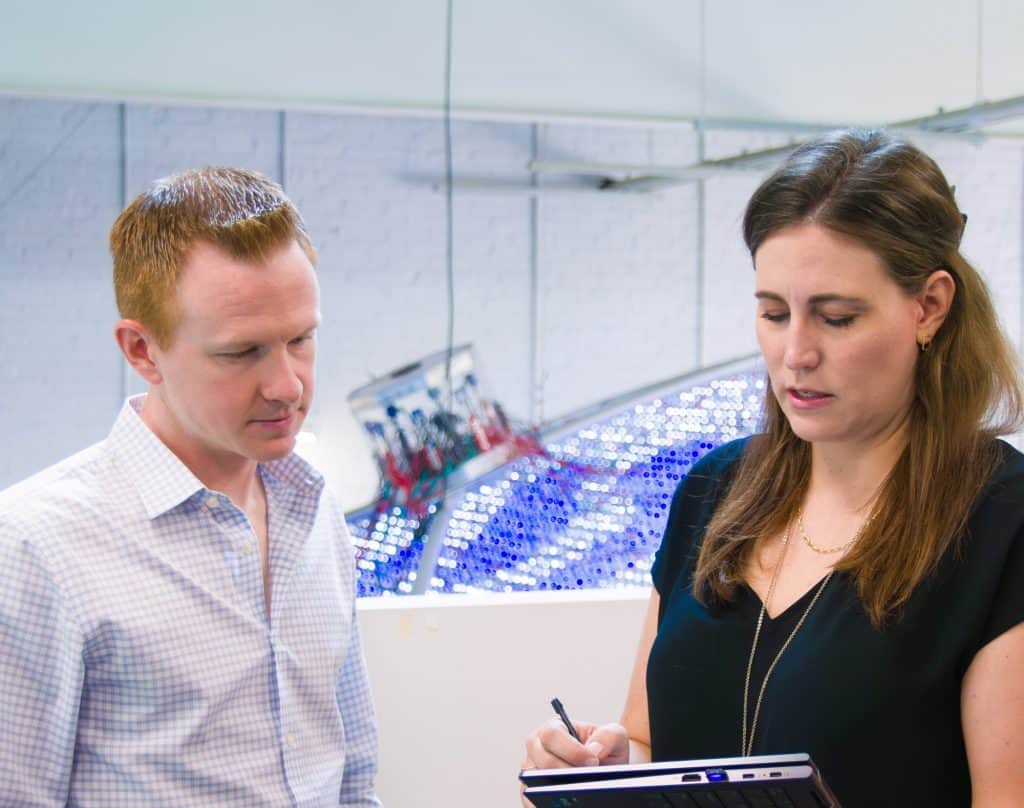What Our Clients Are Saying
Contact Us
Our adept technology consultants can shape customized solutions, streamline operations, and enhance security for your organization, helping you seamlessly navigate moments of transition.
Maximize technology impact with strategic consulting
GadellNet’s team of experienced technology consultants will architect and align custom solutions to create sustainable value from your technology investments.
Whether you are looking to optimize your current environment, develop effective strategies, implement AI innovation, facilitate digital transformation, or fuel innovation, our focus on the intersection of team and tools will ensure you are getting the most out of your technology.


Our adept technology consultants can shape customized solutions, streamline operations, and enhance security for your organization, helping you seamlessly navigate moments of transition.